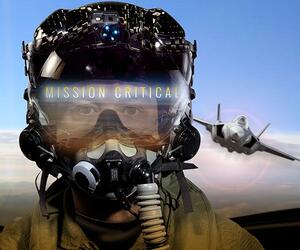Webinar: Is High-Speed Data Transmission in Defense Aircraft a System Lifetime or Costly Afterthought?

Videos, United States
Watch a FREE on-demand webinar and listen to Brian Tallman and Jeff “Rev” Woods share their deep industry knowledge and materials expertise while using real-world examples to answer the question about high-speed data cables being a system lifeline or costly afterthought.
They’ll show you how failing to select the right interconnect early in the design process can have a negative impact on aircraft availability and system performance.
In this free 30-minute webinar, you’ll learn more about the following topics:
- Mission-critical problems associated with high-speed data transmission in aircraft
- Trends in modern avionics & their impact on connectivity requirements
- Why unexpected technical factors are critical to wiring system performance
- How early discussions are essential for selecting the right connectors & cables
- Challenges of installing high-speed data cables in demanding environments
Below are the Questions and Answers from the live webinar. Because most applications have unique considerations, we provide this general information as a guide. For any questions about your specific application, contact a Gore representative today.
FireWire is a registered trademark of Apple, Inc., in the U.S. and other countries.
FOR INDUSTRIAL USE ONLY
Not for use in food, drug, cosmetic or medical device manufacturing, processing, or packaging operations.